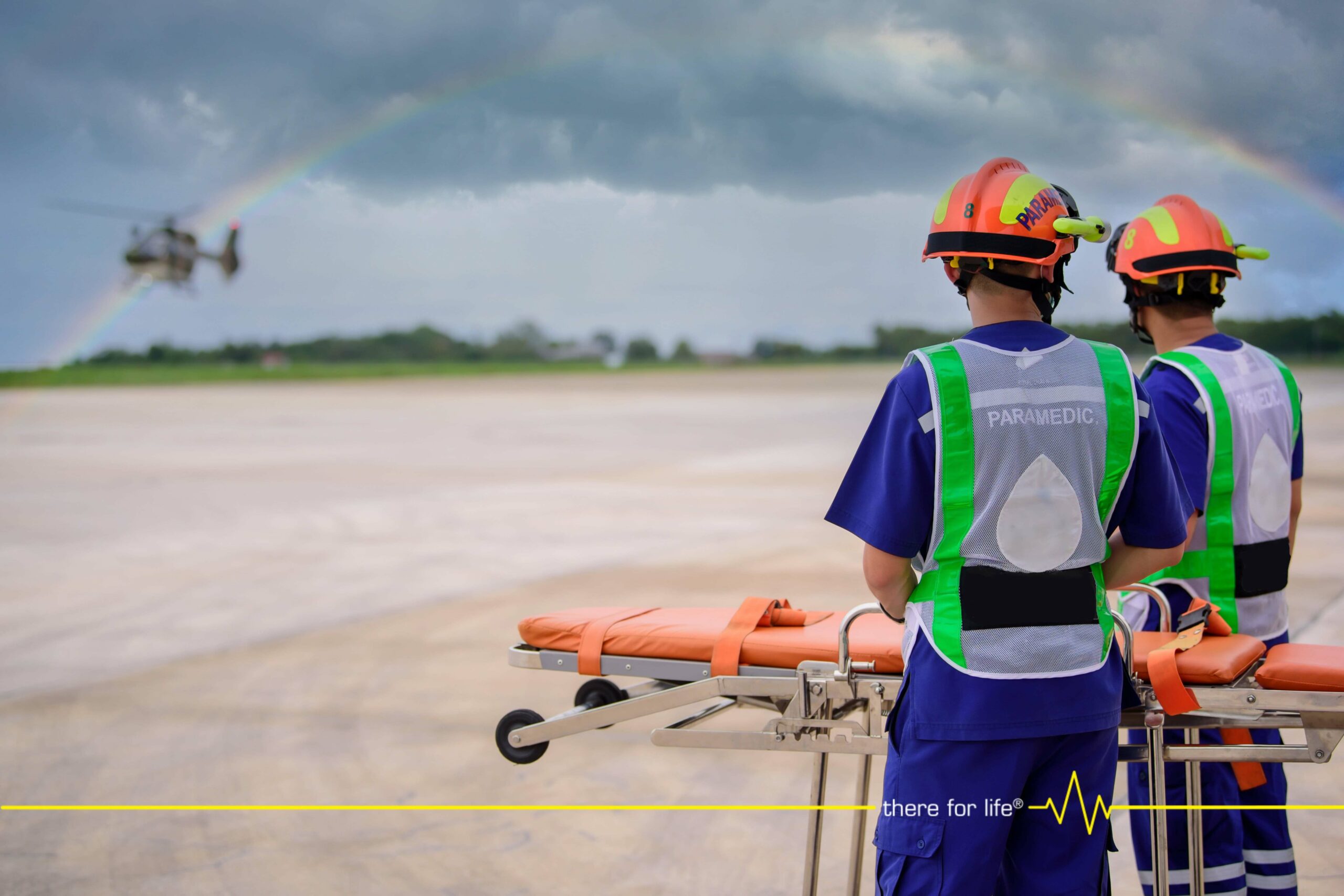Medical Evacuation
Provide a lifeline for employees in critical condition with our medical evacuation service
In a severe or life-threatening medical emergency, employees must be transported quickly out of the location and transferred to a specialised care facility. This is where our Aeromedical Emergency Services, or Air Ambulance Medical Transport, take centre stage. Our medevac services cater for both short and long-range flights. We can ensure that the aeromedical emergency services are cleared with flight authorisation quickly and efficiently, enabling patients to get the specialised care they need. These aircraft have life-support medical equipment such as oxygen tanks, defibrillators, and medication to provide advanced medical treatment during the flight. This means patients can receive timely and critical care before they arrive at the closest specialist medical centre. By ensuring access to these services, you as a business can meet your duty of care responsibilities.
Medical Evacuation Service Features
Our medevac strategies for remote project sites in Africa are comprehensive and address the region’s unique challenges. Each strategy is developed based on the specific needs of our clients. Some of the key features include:
Risk Assessment
We identify potential health risks on the project site, which will help determine the required evac services.
Medical Evacuation Protocols
Our expert medical team will develop clear protocols for crisis management, including decision-making processes, communication channels, and coordination with local authorities.
Local Partnerships
We establish partnerships with local medical facilities, ensuring they are equipped to handle emergencies and can provide necessary support. A medevac plan will be implemented if they cannot accommodate specific emergencies.
Communication Strategy
Our knowledgeable team will develop a robust communication plan to ensure quick and effective communication during emergency medical evacuations.
Evacuation Routes
As part of this solution, we determine and establish the nearest medical facilities capable of handling different emergencies.
Medical Evacuation Implementation
Our medical staff is on hand 24/7 to arrange the medivac as and when needed for a medical escort.
Training and Drills
We regularly ensure there are training drills where these protocols and procedures can be practised, and any problems and issues can be identified and managed.
Mass Evacuation Support
As part of this solution, we can also provide mass evacuation support in the case of a national emergency, natural disaster, etc.
Why Choose ATA International as Your Medical Evacuation Partner?
- Immediate assistance whenever and wherever you need it
- Footprint in 36 African countries
- Certified and trained evacuation team
Learn More About our Medevac Service
Contact our team today to learn how we can ensure you meet your duty of care responsibilities with our medevac services.

